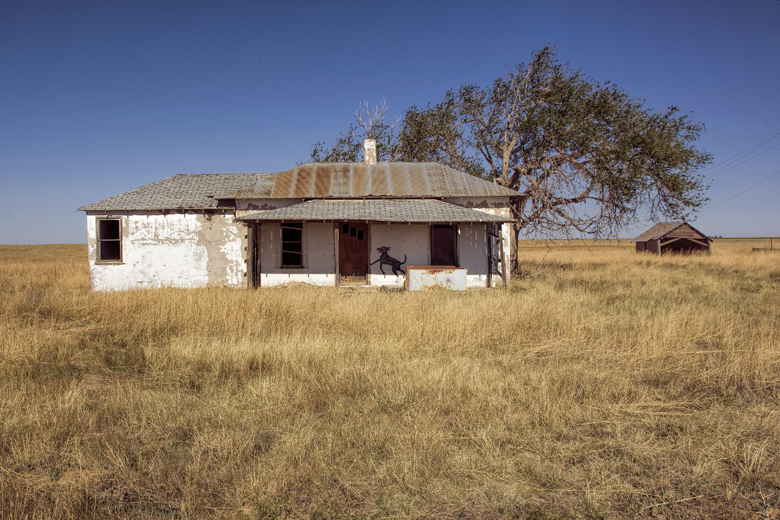
Can you picture a time when a man had to find
His own way through an unbroken land?
Before the machines turned the blue and the green
Into something you can't understand.
John Denver
In the heartland of America bluestem and wild rye have been replaced by cultivated wheat, making this region the breadbasket of the world, feeding billions. Nevertheless, something has been lost in the process, perhaps irretrievably, and that is the prairie, America's signature landscape. The world's largest meadow, the "big empty," has been reduced to a few isolated reserves, tiny museums that represent less than one percent of the prairie's former glory. Gone are waves of bluegrass blowing in the wind, sweeping natural vistas, and priceless diversity.
When the early nineteenth century pioneers pushed westward, through evergreen and hardwood forests, across the Appalachians and the Alleghenies, they eventually came upon a landscape that flattened out and opened up for a thousand miles. Here is where settlers truly encountered a "new world," different than the Europe of their past. It was a world without trees, the unbroken blue and green, a wavy prairie drama that did not end until it collided with the Rocky Mountains. They discovered a culture of Plains Indians-Sioux, Cheyenne, et al-invigorated by the Spanish horse and subsisting on buffalo herds nearly as thick as the grass. The land was fertile and cheap. It seemed they had struck pay dirt, a pot of soil so vast and rich it would feed the world forever. That, of course, would not be the case.